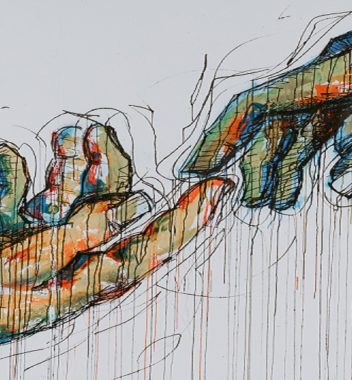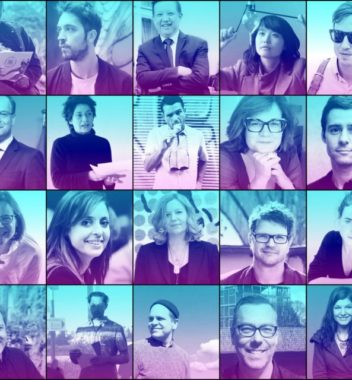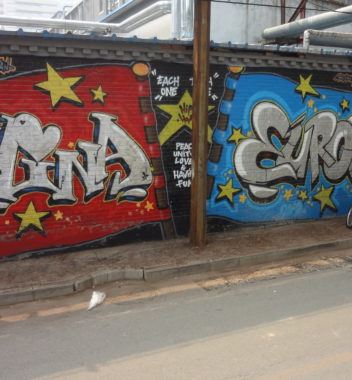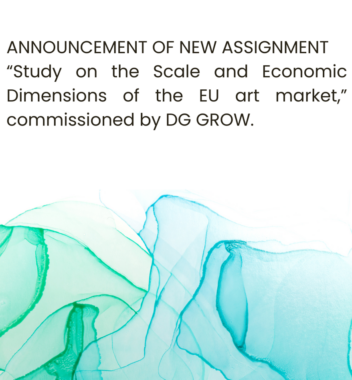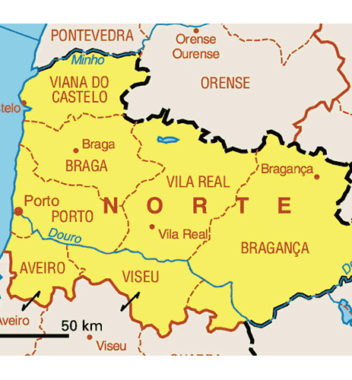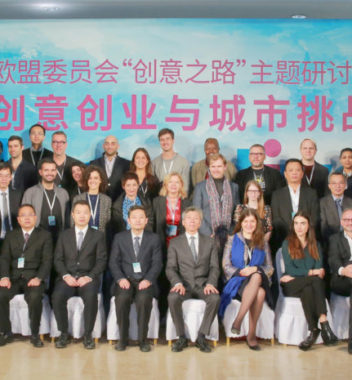
I have been travelling to China for the last 8 years with a local business established there since 2013.
Benchmarking a city’s international attractiveness remains a difficult exercise. Numerous elements have to be taken into account. However, quality of life is a key element in attracting talents and in making the city an appealing place to live. Crucially it needs a pleasant environment answering human needs from a biological (nature) as well as an historical (culture) point of view. Culture is what helps human beings make sense of their lives. Culture is education, meaning, beauty the ability to disconnect from endless and tiring material expectations, to challenge the routine, to get closer to wisdom or to simply be entertained.
As Confucius says in his dialogue with Ji Zicheng on the Art to Govern: “Culture is as important as nature” [2]. In an informal conversation with fellow culture Minister of Denmark in 2012 Chinese Culture Minister Cei Wu summarized the challenge faced by China in the coming decades stating China cannot only stand on an economic leg; a second leg is required for China to firmly stand on two feet: culture.
In the same vein Mr. Jack Ma, the founder and chairman of the Alibaba Group, one of the largest e-commerce platforms in the world stated: “One issue facing China is that people’s wallets are bulging but their heads are empty. I will continue to invest in cultural projects.” [3]
Culture traditionally has the following roles in a city’s development:
– attract tourists, talent, foreign investment and generate a positive image,
– generate cultural and creative productions (art, culture and creative industries),
– provide social well-being and harmony by improving quality of life and social cohesion,
– support the city’s internationalisation to attract capital.
New York’s former Mayor Michael Bloomberg says that cultural activities and quality of life are a key part of maintaining competitiveness: “I have always believed that talent attracts capital more effectively and consistently than capital attracts talents”[4].
A a true international city, Shanghai is a hotbed of creative talents in China. Today Shanghai is focused on attracting talents by supporting the development of creative ecosystems.
The city puts considerable efforts into attracting creative talents by supporting creative hubs, parks, incubators, various design associations or a large number of makers’ space, the latest trend in public funding. Creative grassroots are emerging from these investments and cultural initiatives are bound to grow from this. They are also nourished by the return of Chinese students educated in art, music, fashion, design, architecture and film schools abroad as well as young creative Europeans escaping economic gloom.
The city is looking at a better usage of public space to valorise creative expressions, events to raise awareness on the importance of culture and creative entrepreneurship (hence b.creative in November 2017) and a vision. Indeed, whilst the development of culture is a policy priority it remains difficult to understand the city’s culture policy strategy. The policy approach remains essentially economic, linked to massive investment related to urban renewal plans and construction or real estate projects (creative parks are often managed by real estate companies whose interest lies more in collecting rent than in fostering creative opportunities). Whilst the priority is on establishing and supporting creative businesses intervention remains hands-off with little coordination. Municipal districts, creative parks, municipality offices play their role in isolation, sometimes in competition. The city has yet to make an inventory of its actions related to culture and creative industries.
The city could learn from experiences in cultural management from other cities, notably in Europe where the best expertise lies[5].
Shanghai has a soul: the soul of China’s economic prowess. The city is showing that China is also a trendy place to live and learn. Shanghai ’s multiculturalism and empathy for technical and financial innovation is a chance to stimulate creativity. The city ’s diverse cultures (from its people), its history and geography are significant sources of creativity. Its diversity and patchwork heritage will shape its destiny and will determine its future. Pluralism and openness to influences are key features fostering creativity. These features are already present in Shanghai and are part of the city’s DNA.
As a result, Shanghai has the capacity to act as a laboratory for culture and creative activities to trigger innovation at all levels: public management, logistics, technology, commercial, artistic or trade. Shanghai already contributes to China moving from “Made in China” to “Create in China”. However, creation is not necessarily driven by market demand. A private-public partnership makes sense to stimulate a wide range of creations that have values beyond creating financial wealth. This would help generate a genuine local production from Shanghai and the expression of an indigenous culture. It is part of generating a risk-taking culture empowering artists and creative professionals.
The goal is for Shanghai to make better use of its cultural and creative resources to become “the City of the Possible”, (in French “La Villes des Possibles”). A City of the Possible describes the next generation of creative cities which are capable of setting up an environment conducive to the emergence of new industries and activities by fostering experimentation and cross-fertilisation between technical, commercial and creative competences. A place where technology is not dumb but reflects humanist values.
For more information on the b.creative conference please visit the event website.
Philippe Kern
CEO KEA
b.creative – the global event for creative entrepreneurship will take place in the context of the China-EU Summit on Youth, Education and Culture that is taking place on 14 and on 15 November 2017 in Shanghai. The Conference will address “Creative entrepreneurship and urban challenges” as part of EU co-funded project Creative Tracks.
[2] Entretiens de Confucius, translated by Anne Cheng, Seuil editions, Paris, 1981.
[3] interview with South China Morning Post, 13 July 2013
[4] Mike Bloomberg, 17 July 2014
[5] Culture for Cities and Regions run by Eurocities in partnership with KEA as scientific coordinator














